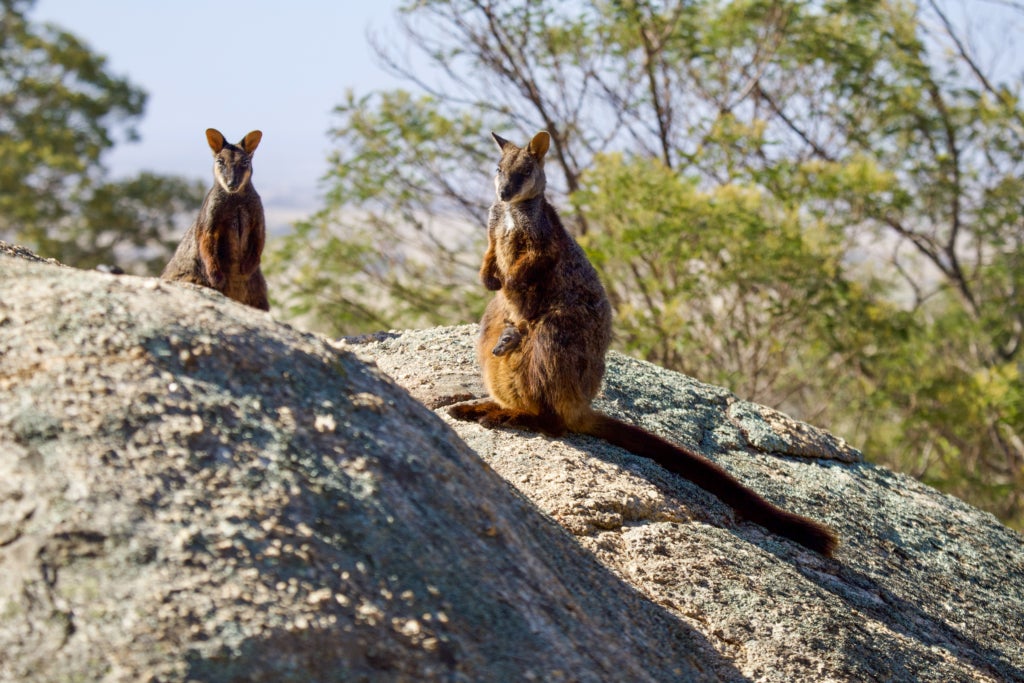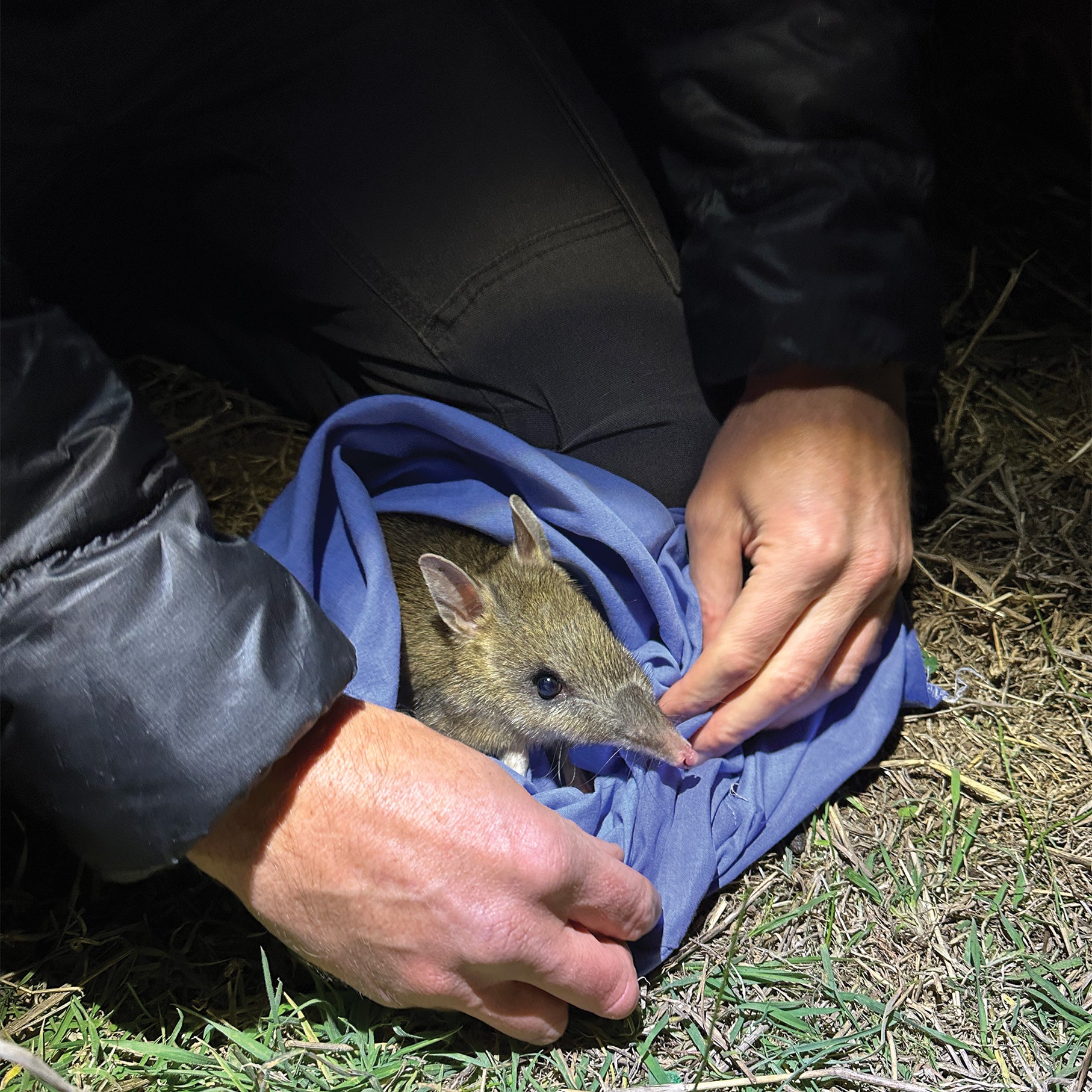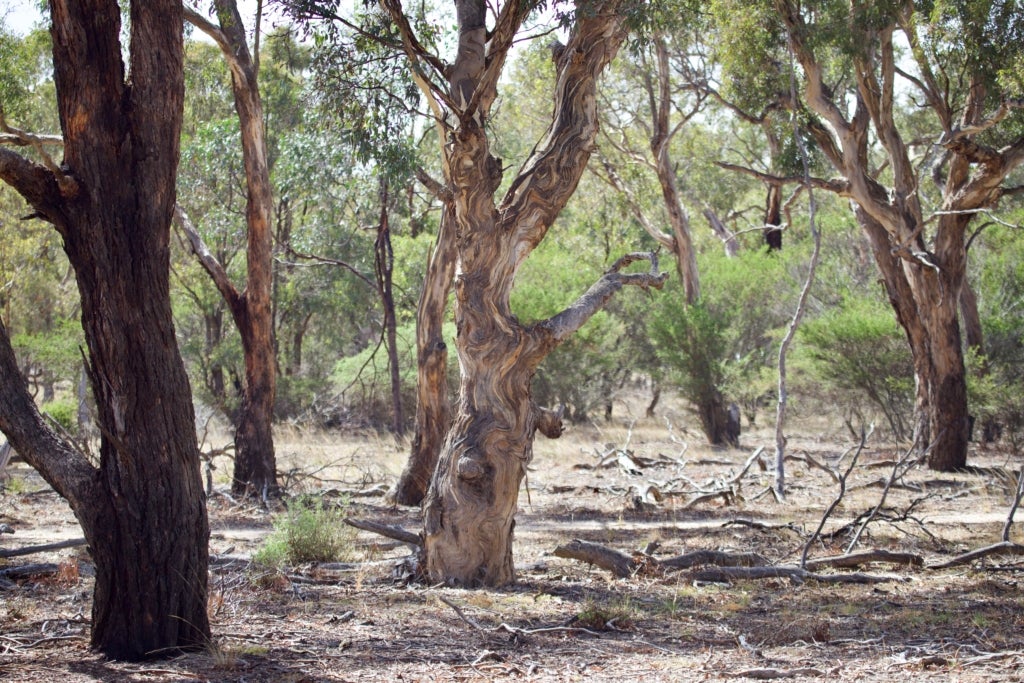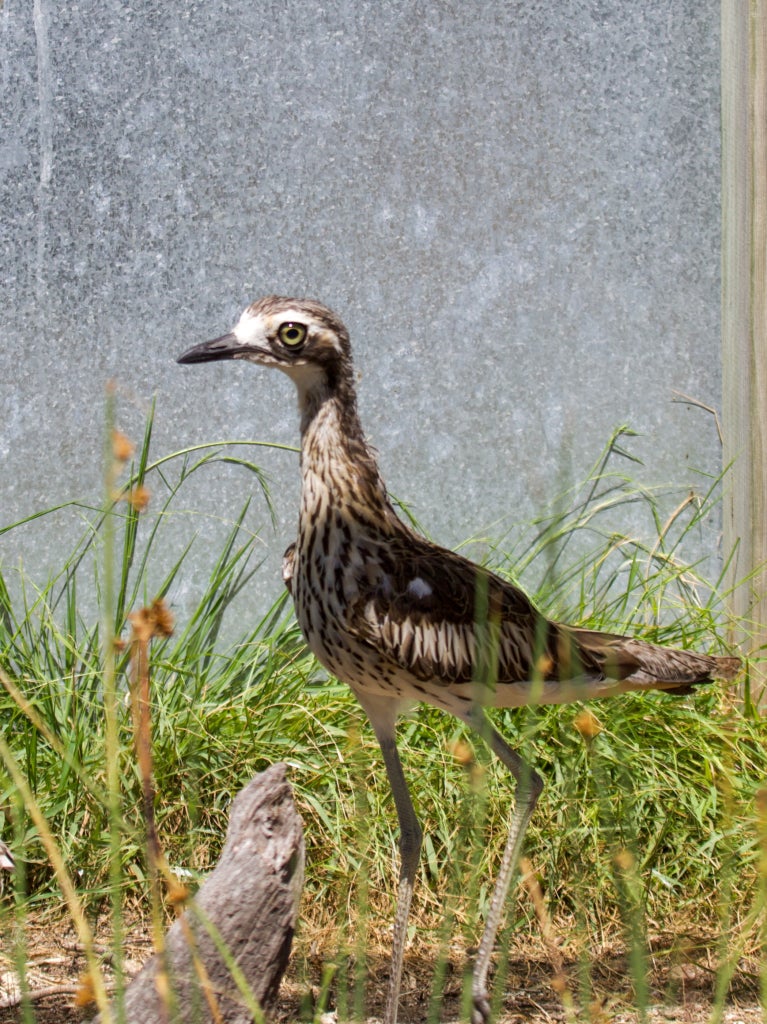Odonata Foundation Launches AUD $2.5 Million Species Recovery Program with Seed Funding from Amazon
500-in-5 will leverage private landholders and cutting-edge science with the aim of achieving pioneering outcomes for threatened species

The Odonata Foundation, one of Australia’s leading conservation charities, is launching its new 500-in-5 Species Recovery model at scale thanks to a new funding partnership with the technology company Amazon. The program is based on emerging science on restoring species in semi-wild and wild environments, whose populations have neared or reached extinction outside of captivity. To do so, Odonata is partnering with private landholders.
“Threatened species recovery is an underfunded area across the board,” said Odonata Founder, Nigel Sharp. “So, to have a large global organization understand and value the ecological importance of returning native species to landscapes, to build biodiversity and climate resilience, is really heartening and exciting.”
Amazon is providing $2.5 million (AUD) in seed funding to support the project over three years. The support comes from Amazon’s Right Now Climate Fund, a USD $100-million fund launched in 2019 to support nature-based solutions to protect and restore land. Previous projects that Amazon has supported through this fund range from restoring forests and bogs to building bike paths and establishing a new national park. This is the first time the fund has supported an Australian program.
The model is rooted in emerging research, but aspects have already proven effective

Odonata’s 500-in-5 Species Recovery model is based on research by Dr. Andrew Weeks. Dr. Weeks’ findings suggest that, once a species is recovered to a minimum of 500 individuals across at least five sites, managed as a genetically diverse metapopulation, the species is secure. Dr. Weeks’ paper is currently under review by the journal Conservation Biology.
Sharp said the program is multifaceted and complex. “Not only does it address the threat of invasive species but also climate impacts, genetic isolation, and in-breeding, all while educating and engaging stakeholders, private landholders, students, and the general public.”
Odonata has already been working to bring back severely depleted species for over 20 years and collaborates with a network of sanctuaries that include Mt. Rothwell Sanctuary in Little River, Victoria; Barbaloot Conservation Reserve in Strathbogie Ranges, Victoria; Orana Park Sanctuary in Kinypanial, Victoria; Banyula Conservation Reserve in northern New South Wales; and Tiverton Farm in the Western District of Victoria.
Box 1. Six Geographic Hubs
Diverse site selection is critical to the success of the 500-in-5 Species Recovery Model, as it gives species the best chance for survival against climate, natural disaster, and financial volatility. As Odonata works to identify sites for its future sanctuaries, it will look to ensure that its network is representative of six major geographies. These hubs were chosen based on threatened species location, habitat type, focus areas, and climate modeling. By ensuring ecosystem diversity, 500-in-5 will also assess the resilience and tolerance of species to inform conservation responses to climate change. The hubs are:
South-West Western Australia: Consisting of Mediterranean forests, woodlands, and scrub.
Western Victoria: Consisting of Mediterranean forests, woodlands, temperate grasslands and scrub.
Central Victoria: Consisting of temperate broadleaf and mixed forest and temperate grasslands.
Eastern Victoria & Highlands: Consisting of temperate broadleaf and mixed forest, montane grassland, and shrublands.
Southern NSW & ACT: Consisting of desert and dry shrublands, temperate grasslands, savannas, and shrublands.
Northern NSW: Consisting of tropical and subtropical grasslands, savannas, and shrublands.

Bringing back bandicoots on managed pastoral land
These sanctuaries have been highly successful. Sharp said that one initiative in particular gives the team confidence in their methods. Odonata Foundation and its network of sanctuaries are now home to an estimated 4,000 eastern barred bandicoots, after genetically rescuing and re-establishing the species from just 24 individuals in 2004. A large population exists at Tiverton Farm Sanctuary, which is also a 1,000-hectare working Marino Sheep Farm.
“The bandicoots are ecosystem engineers and improve soil quality and the landscape,” said Sharp. “And the sheep feed off the native pastures, which then improves wool quality. It’s a win-win.”
This work contributed to the Eastern Barred Bandicoot being downlisted from “extinct in the wild” to “endangered.” It is just the second time in history that conservation work led a land-based mammal to be downlisted in Australia.
Scaling up is critical to long-term sustainability of restored species
However, the success of the sanctuary program in restoring bandicoot populations means that both of Australia’s reclassified mainland Eastern Barred Bandicoot populations now reside at Tiverton and Mt Rothwell, leaving the species highly vulnerable to ecosystem threats, including those that could arise if the sanctuary was impacted by extreme weather conditions like fire, flood, or drought. The challenge that Odonata now faces is to divide the population across no less than five sites, while continuing to manage the metapopulation for optimal genetic health.
Bandicoots are not the only species that will undergo this treatment. 500-in-5 will focus on restoring nine focus species across six geographic hubs, ensuring population stability and testing species resilience and adaptability to different or changing ecosystems (see Box 2). This will require the team to identify sites where sanctuaries can be developed, work with landholders to establish those sites, and—eventually—to conserve land between these sites and national parks or other wildlife corridors such that the species can be released into the wild.
“We are confident the actions supported by Amazon can commence a similar trajectory [as bandicoots] for our nine core species to set a new standard for optimal species recovery in the country,” said Sharp.
Relationships will play an integral role in the outcomes of 500-in-5
An important part of the 500-in-5 model is its focus on building new relationships and creating a replicable model. The model requires Odonata to work on private land, challenging the organization to welcome landholders into the conversation. The past few decades have seen important advancements in private land conservation worldwide, and developing best practices continue to recommend cross-sector approaches to land and species protection. Similarly, Odonata will be working hand-in-glove with leading genetic scientists to ensure the best outcomes for species, bringing the academic sector into close orbit with practitioners, landholders, and other stakeholders.
Modeling this type of partnership may empower others to follow suit. “In time, this can be done at scale as we identify new sanctuary sites in target regions,” said Sharp. “We see potential for the principles that apply to 500-in-5 being replicated elsewhere, especially for smaller mammals and species that are impacted by isolation and fragmentation.
Funding will support myriad activities and have far reaching benefits beyond the species alone

In addition to supporting the work across Odonata’s sanctuary network, Amazon’s funding will support the stewardship and research happening at new and existing sites. This includes species distribution modeling, which helps workers understand the ideal habitats and future survivable ranges of threatened species, using a climate overlay; establishing a monitoring and research program to assess the climate mitigating benefits of returning digging mammals to landscapes; trapping, translocation, and genetic work; as well as licensing and regular management of the species being supported across sites.
“Our work benefits the public through education and conservation, as well as through working with private landholders so that we can prove a model where conservation and threatened species recovery can sit side-by-side with farming and other land uses,” said Sharp. But funding is key to providing these public benefits. “Without funding, we cannot support these recovery programs, so this partnership enables us to continue, and amplify the work we have been quietly undertaking for many years. It’s a really exciting moment for Odonata.”
Box 2: Nine Focus Species
The 500-in-5 Species Recovery Model will support the recovery of nine species, selected because of their status as a threatened species or as a population under significant decline. Odonata also considered the ecosystem services species provided, such as impact on soil heath, insect management, and population control of plague-prone species. The selected species are:
Eastern Quoll: An endangered carnivorous marsupial critical to regulating populations of smaller mammals, insects, and invertebrates, as well as vegetation structure, through its foraging and hunting behaviors.
Eastern Barred Bandicoot: A small ground-dwelling marsupial listed as endangered, and whose foraging behavior is important for soil health and plant diversity.
Southern Brush-tailed Rock-Wallaby: A marsupial classified as critically endangered whose herbivorous behavior has a strong positive impact on ecosystem trophic structure.
Eastern Bettong: A marsupial listed as regionally extinct on the mainland, and which plays an important ecosystem role in seed dispersal and ecosystem engineering.
Rufous Bettong: An endangered marsupial important for seed dispersal, plant diversity, and regeneration of vegetation.
Bush Stone-curlew: A critically endangered (in Victoria) carnivorous bird important for pest control
Long-nosed Potoroo: A marsupial listed as vulnerable, which plays an important role in seed dispersal and in controlling insect populations.
Southern Brown Bandicoot: An endangered marsupial, important for its role in enhancing seed germination, promoting plant diversity, and creating microhabitats for other species.
Spotted-tailed Quoll: A marsupial and apex predator listed as endangered and crucial to regulating abundance and behavior of its prey, preventing overgrazing, and maintaining biodiversity.
